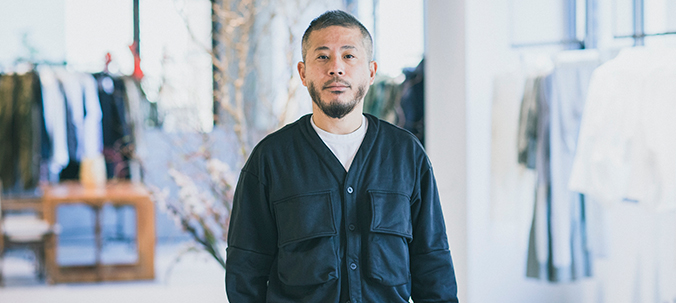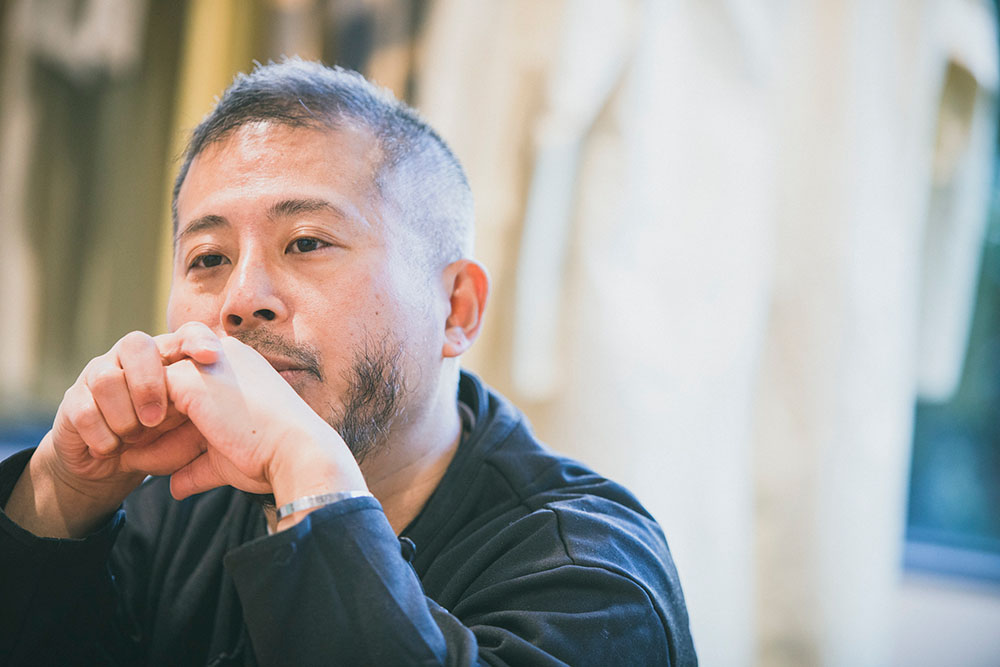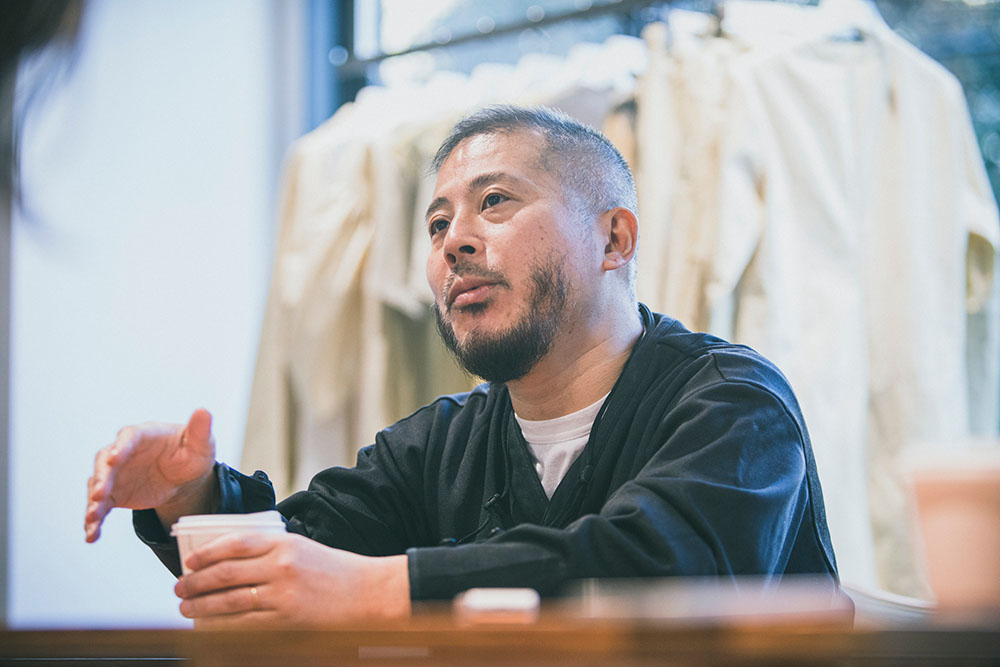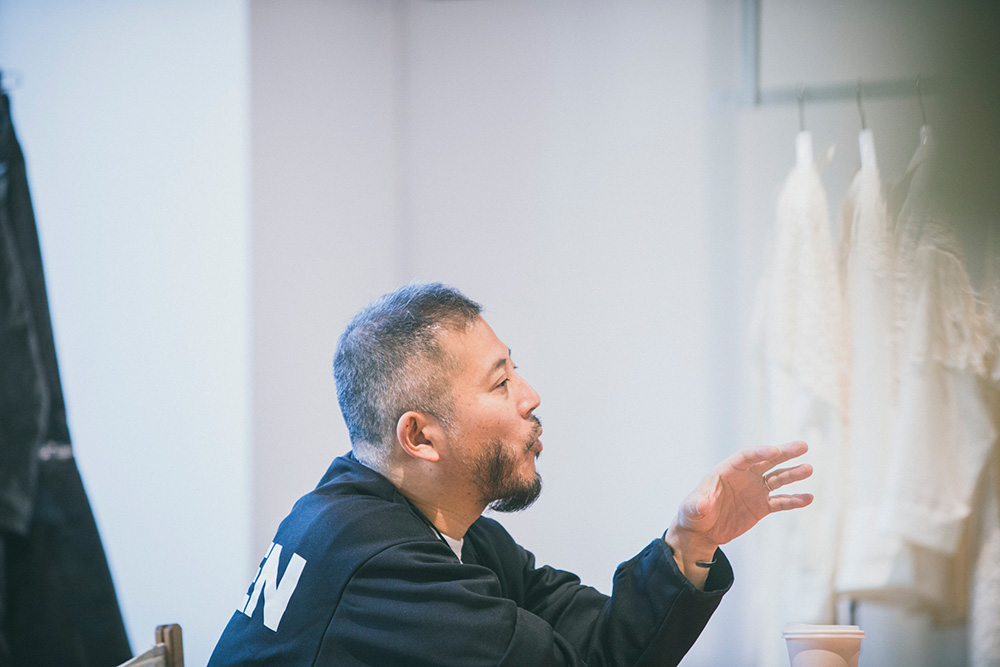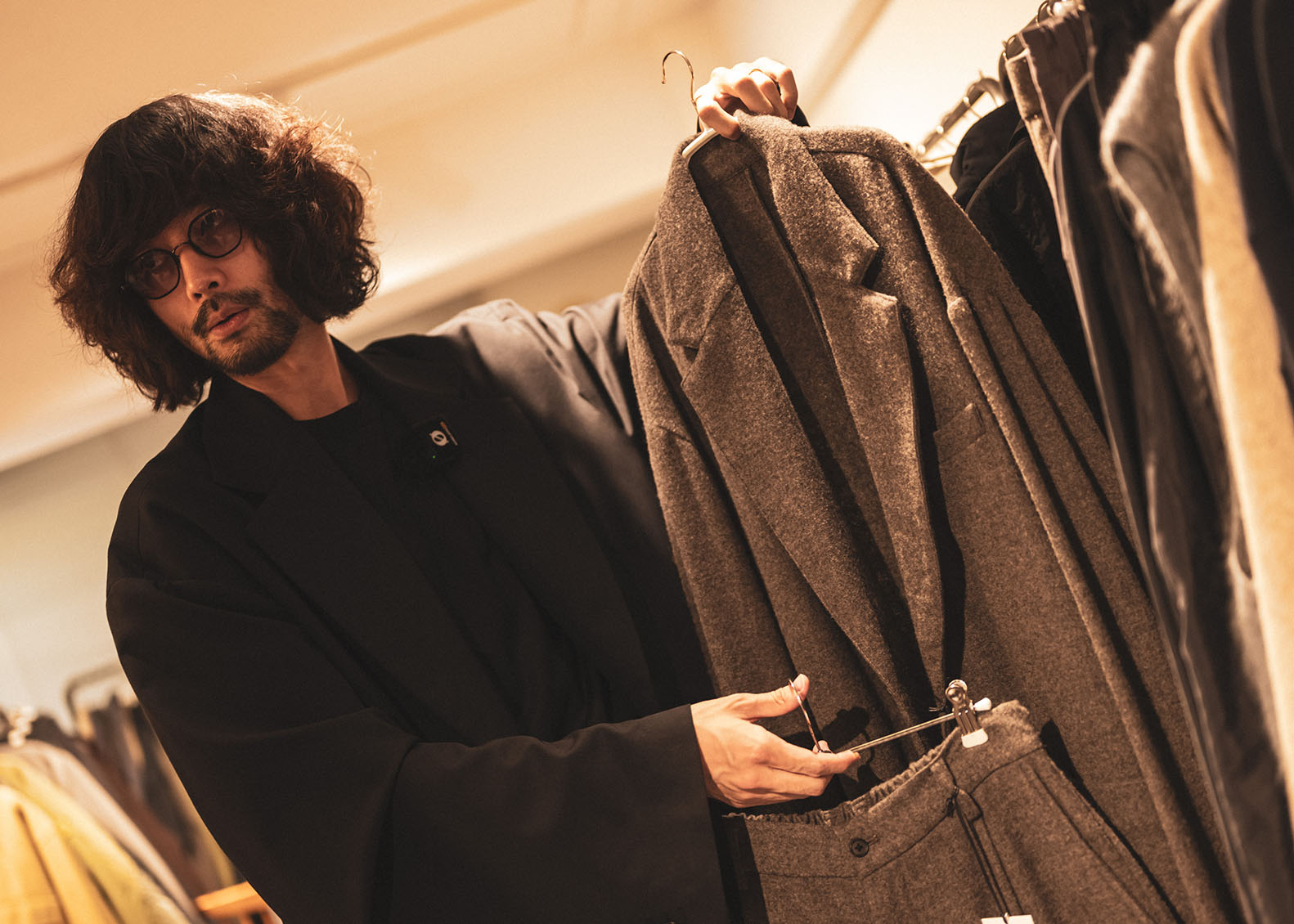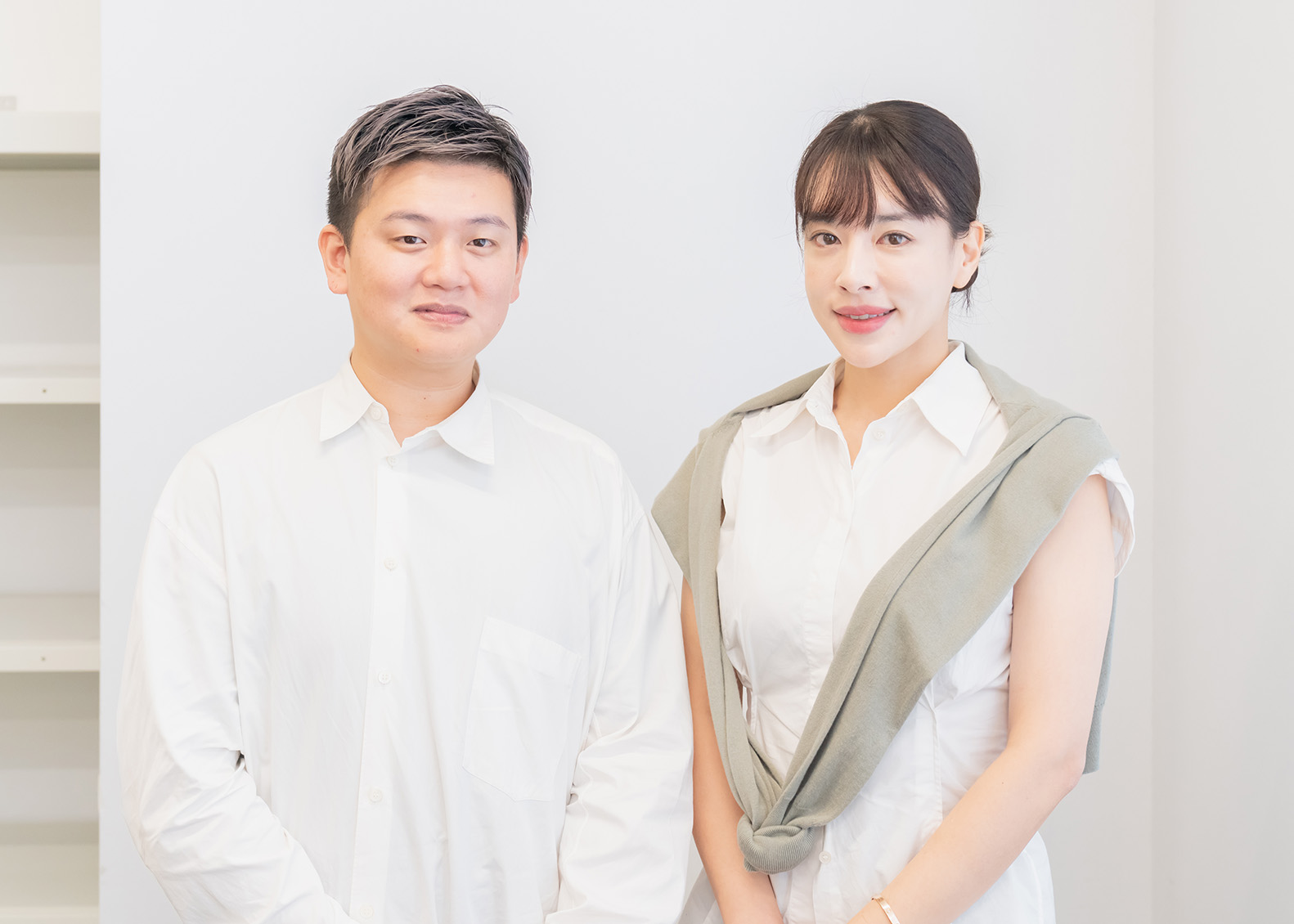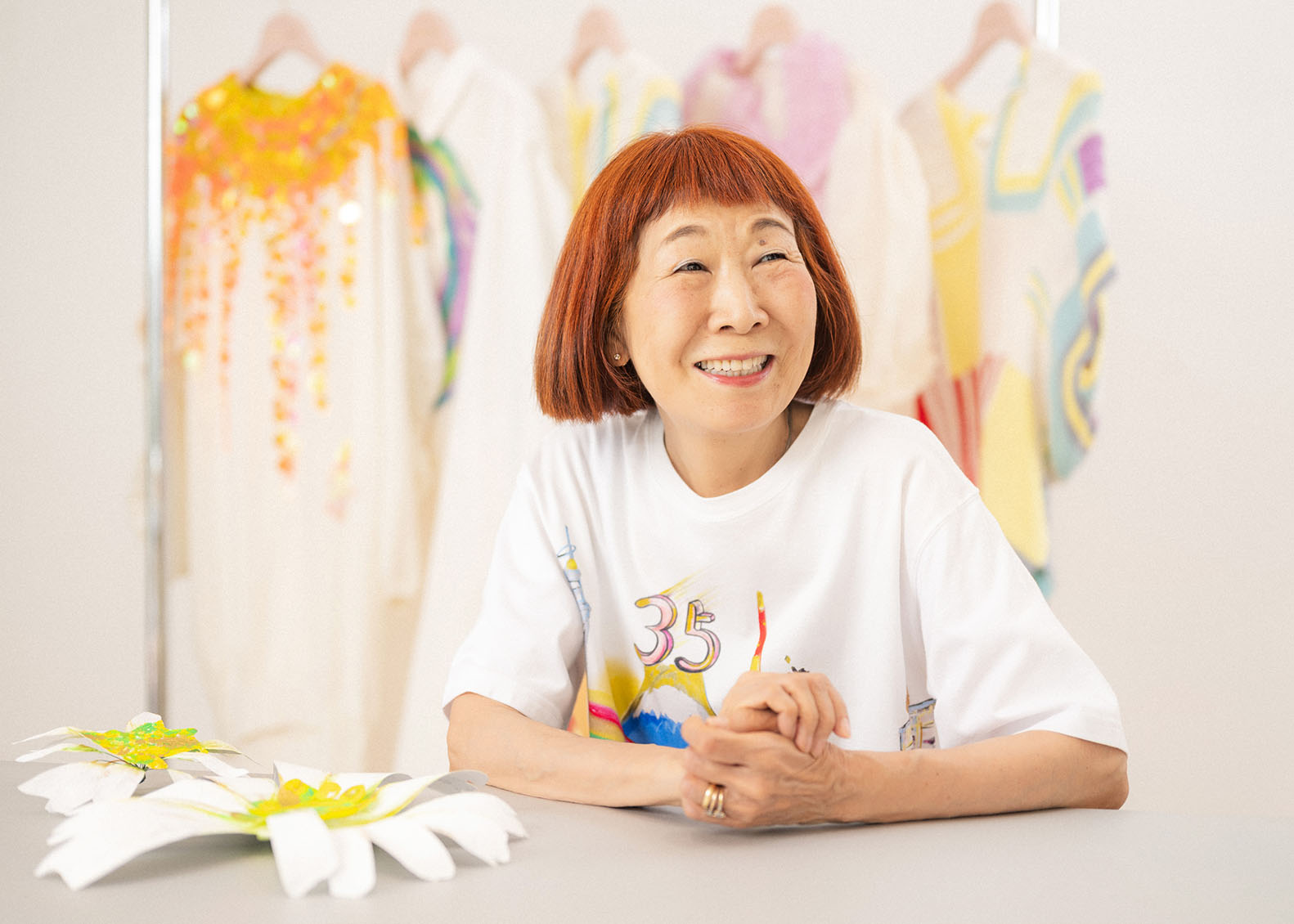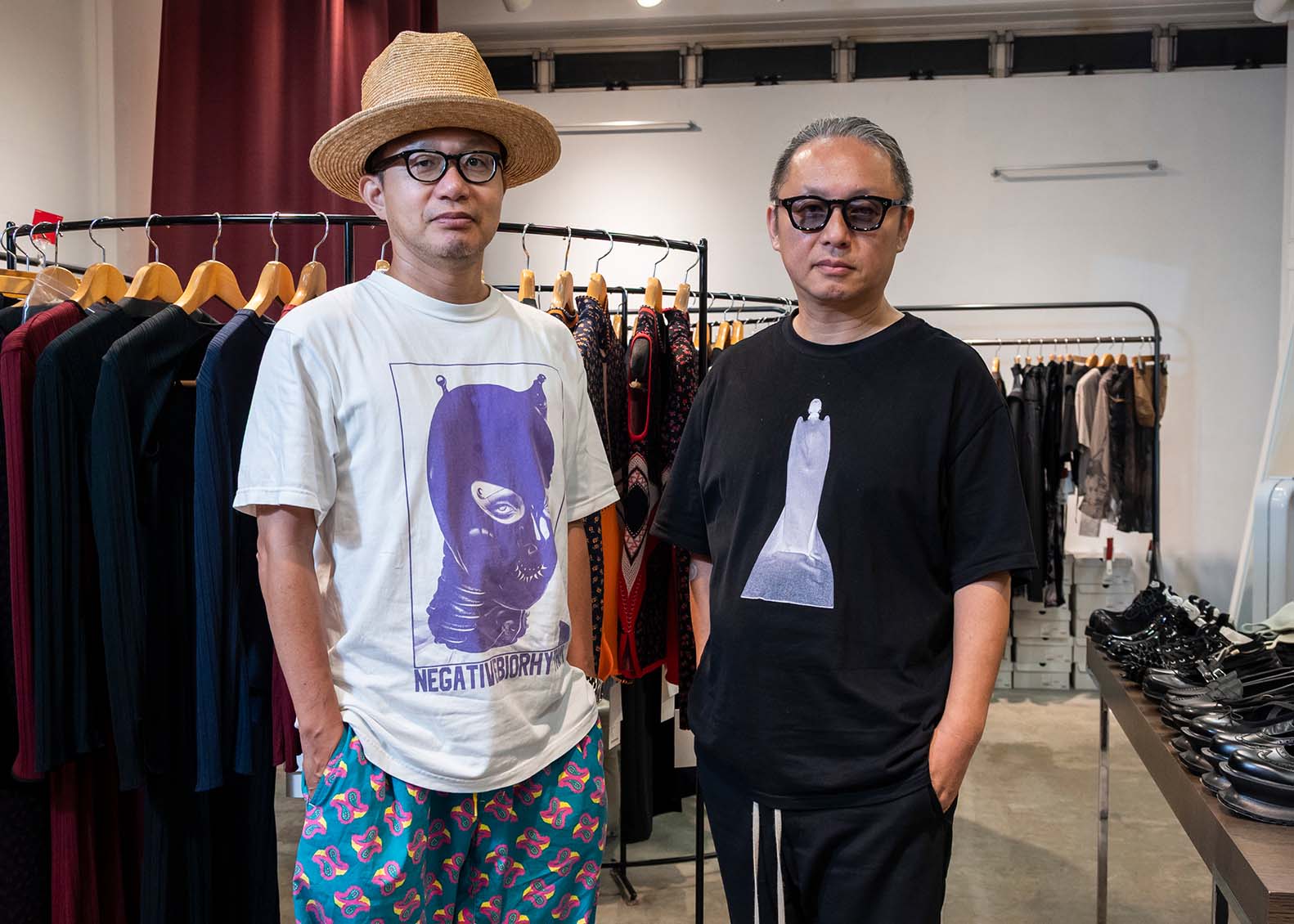Yoshio Kubo
“yoshiokubo”, presented their collection at Tokyo for the first time in five years. In the following Rakuten Fashion Week TOKYO 22AW, they have announced they will be presenting a collection, including a digital dress presentation, for the very first time as a brand. “yoshiokubo”, having just presented a collection at the Paris Men’s Fashion Week, a collection reminding people of good-old Japanese culture, inspired by kite-flying, we spoke to their designer, Mr. Yoshio Kubo, on what kind of fashion they intend to show us next in Tokyo, utilizing innovative technology.
Your last collection presentation in Tokyo was the first in five years. Was there any reason behind your decision in giving a physical presentation in Tokyo?
These past few seasons, we had been giving digital presentations at Paris, but it was our impression that digital presentations are not yet quite as good as real presentations. We can show the mood of the collection through movies, but we couldn’t eliminate the feeling of being unable to show the texture and/or expressions created through movement of each and every piece, so we decided to present the show in physical form at Tokyo.
At the Paris Men’s Fashion Week in January, you have presented your 22AW collection, but we’ve heard that in the up-coming Tokyo, you will be presenting a collection including a digital dress.
When I was a young boy, my mother used to have a hat which could be folded into a small piece and pop opened with one touch, as if it were Pokémon. This memory was linked to the theme of kite-flying of the collection we presented at Paris, which turned out to be an interesting endeavor. I don’t think of myself as a designer representing Japan, but I find it interesting to create clothes under good-old Japanese cultural themes. In Tokyo, I intend to make a hybrid continuance of this collection, presenting it as a completely new collection, including the presentation of a digital dress.
What or why did you end up creating a digital dress this time?
I feel great possibilities in the world of digital, and besides, I love to challenge myself to try out new things. Considering what is currently on the market as a digital dress from the standpoint of making clothes realistically, I thought that I could propose clothes with more attention to detail. Usually I design 30~35 looks for each season. I’ve never had the experience of limiting the numbers and concentrating my efforts on creating just one piece. I felt, this effort in showing the collection more dynamically through just one piece could be fun, so I decided to try it.
As a fashion designer whose profession is making real clothes for people to wear, how do you feel about digital fashion which cannot be actually worn?
Every day I think about clothes to be worn digitally, and the more I think about it, the stronger I feel that its possibilities are infinite. When thinking about real clothes, I first think about seam margins and sewing. But because such restrictions do not exist in digital, it made me realize I have a lot of set ideas regarding the process of clothes making. I’ve always been particular about comfort in wearing, and I admit, I have confidence in this aspect, but digital allows me to simply run free with my imagination without considering comfort, which gives me a feel as if my creativity is expanding. Design-wise, it’s sort of like creating a costume.
What kind of influences or effects do you think this challenge will have on your future designing? Also, please tell us about your future plans for the brand.
The directionality of my clothes making will remain unchanged, but I feel the world of digital fashion will grow exponentially into something much larger than I am imagining now, so I’d like to challenge myself in creating expressions which will be praised in digital competitions, even if I participate under an alias.
As for real clothes, I intend to continue clothes making earnestly so that more people will want to wear our brand. I also feel I would like to make items which will be worn or used by as many people as possible, by collaborating with major corporations. And I want to make uniforms. Clothes that will be worn every day, clothes that will remain in people’s memories. These are the types of clothes I would like to make.
Finally, could we please have a message towards your guests, fans, fashion related people who will be seeing your Tokyo presentation.
Because my mother was a seamstress, from a very young age I decided to become a designer and to this day of being 47 years old, I feel I have been on a quest of fashion. Yet, every time I present a collection, I can’t stop thinking, I should have done this, I should have done that, next time this might be fun, etc., etc. In this time’s presentation, I hope people will be surprised in seeing “yoshiokubo” can do such things too and feel possibilities in our future.
He had been working for New York haute couture designer “Robert Danes” as an assistant designer for 4 years in New York.
In April 2004, Yoshio Kubo came back to Japan to start his original label ”yoshio kubo”.
「yoshio kubo Spring / Summer 2009 collection」was first introduced in September, 2008 by the Tokyo Collection.
[ Website ] http://www.yoshiokubo.jp/
[ Instagram ] https://www.instagram.com/yoshiokubo_official/

